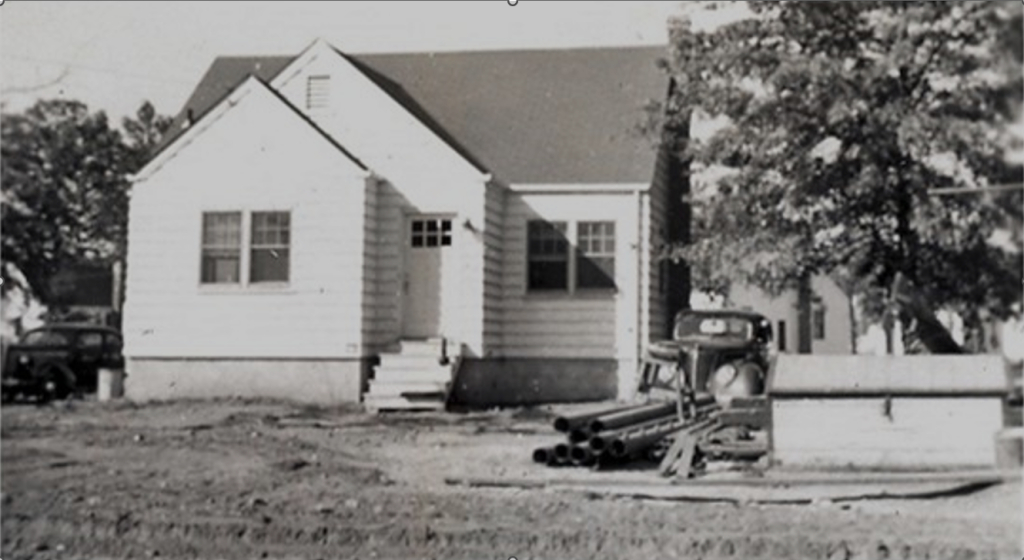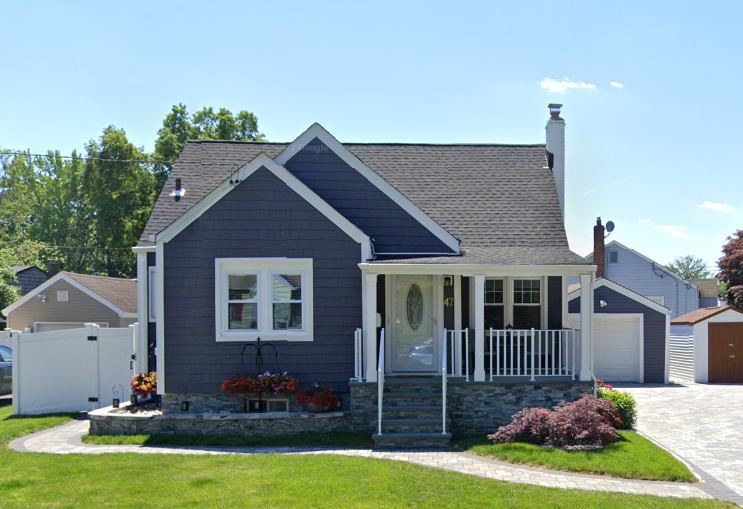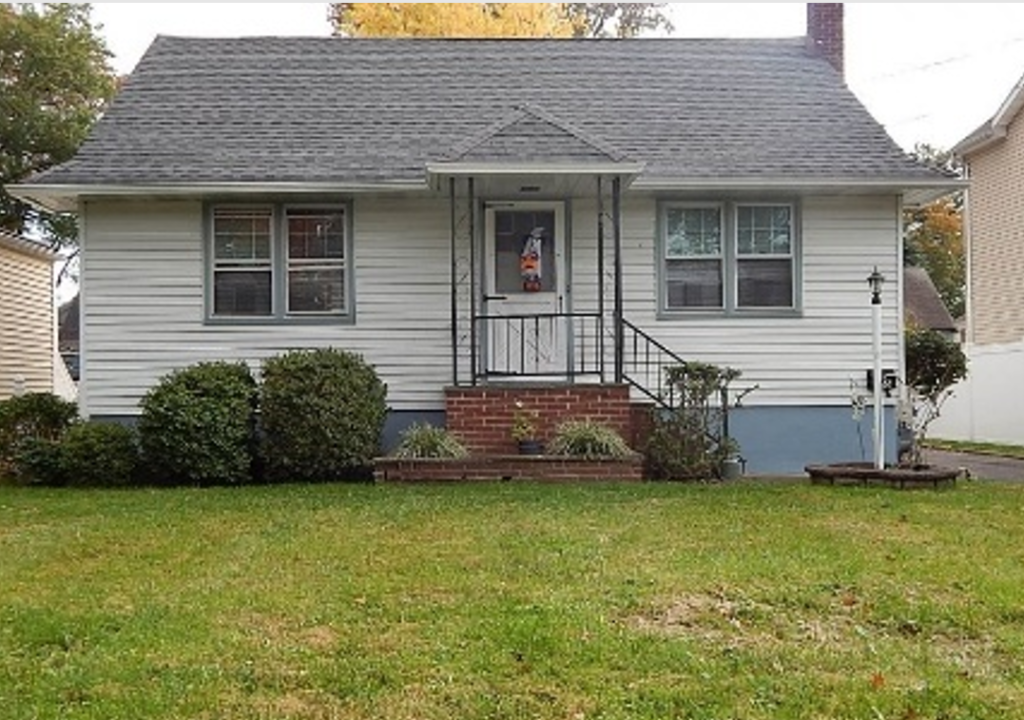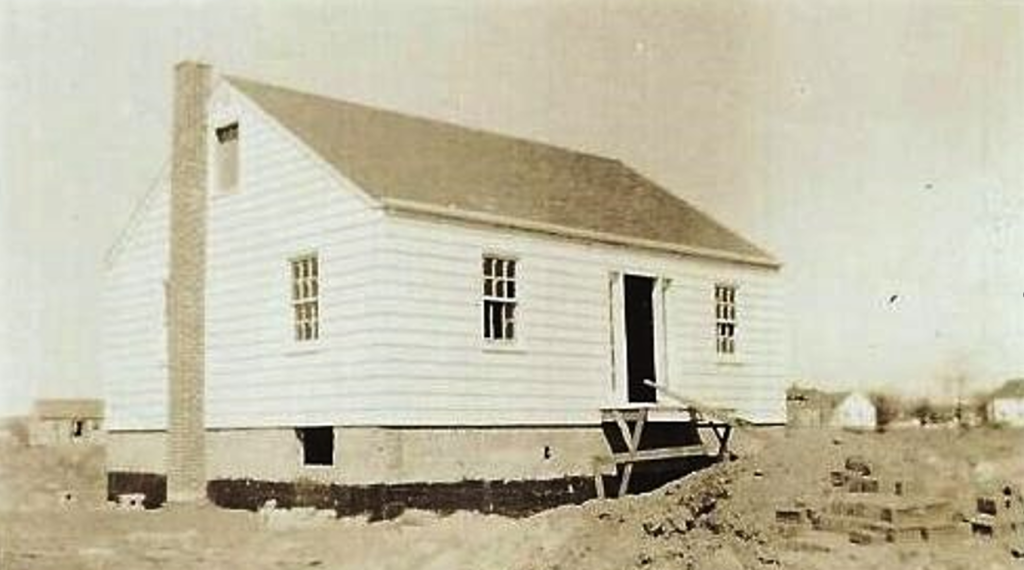
Discovering Kenilworth’s “model homes,” Part 7
The largest single development of homes in Kenilworth took place during 1940-1942.
The town was still dealing with the fallout of the Great Depression. Hundreds of properties were in arrears in tax payments. This put an enormous strain on the local government and board of education. In the late 1930s over three hundred lots across from the Harding School were sold by the Borough in a tax sale to the developer Blue Ridge Manor Co. for $35,000. The tract of land ran from S. 17th St. west to what was S. 4th St. or the Shady Ln. area today. This sale was an enormous boost to the local government treasury. As a point of reference, the entire school budget for 1939 was $31,400. As homes were built and sold, property taxes began to be paid on lots that previously were contributing nothing.
There were six distinct styles of Cape Cod homes on lots averaging 50 ft. by 100 ft. Depending on the style, they had three, four, or five rooms plus a bathroom. The basic four-room model with a lower attic ridge beam, coal furnace, and no garage was initially priced at $2,600. They came with wooden framed storm windows and framed window screens. Upgrades could be purchased for an additional sum: oil burner, $60; higher attic ridge beam, $60; one car garage, $125; small, single-window attic dormer, $75. My parents purchased a five-room home on a larger corner lot at 47 Arbor St. for $3,250. Upgrades included a higher ridge beam and two single-windowed attic dormers so a bedroom or two could be added in the future.

The development was officially Blue Ridge Manor. But residents dubbed it “Boom Town” after the 1940 movie of the same name. The late Luciano “Old Louie” Vitale (1880-1972) helped excavate many of the cellars. He noted (1969) that some mischievous person painted the words “Boom Town” in large letters on the company’s billboard. Construction slowed a bit when WWII broke out as building materials were not always readily available.
Blue Ridge Manor was a complete break from the past as to the laying out of streets. Until this time the town’s streets were in a criss-cross, right angle pattern. But suburban planning with curving and winding streets was being introduced to Kenilworth for the first time.
Residents referred to them as “the spaghetti streets.” Some visitors had a hard time finding their way out of Blue Ridge Manor. That is not as prevalent now.

Zillow.com publicly posted sales from earlier this year of two Roosevelt Ln. Cape Cods. Each had a third bedroom and a second bath and sold for the same price: $485,000. A large percentage of the homes have been extensively remodeled and enormously expanded so that they no longer resemble the originals erected more than 80 years ago.
Research provided by Walter E. Boright, Ed. D., historian, and Historic Signs, Inc.
Persons with inquiries about this or other Kenilworth history topics may contact Dr. Boright at drbori@aol.com or 908-256-5200.

